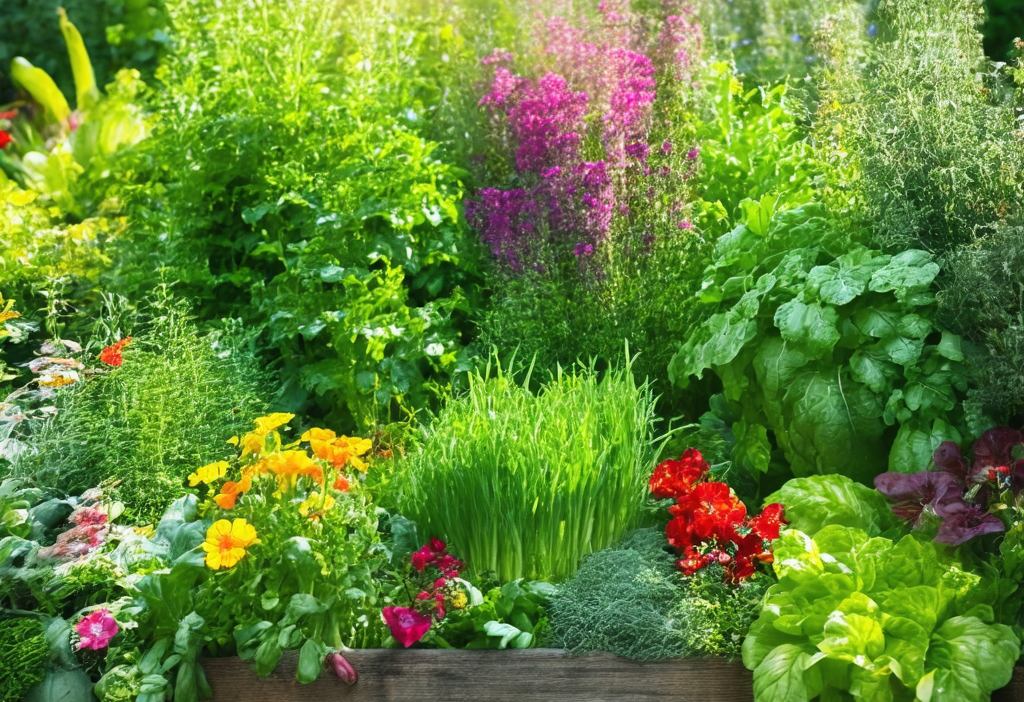The Art of Companion Planting: Boosting Your Garden’s Health Naturally
Gardening is more than just planting seeds and waiting for results—it’s about creating a harmonious ecosystem where plants thrive together. One of the most fascinating aspects of gardening is companion planting, a practice that has been used for centuries to maximize growth, deter pests, and improve soil health. In this blog post, we’ll explore the benefits of companion planting and provide you with practical tips to get started.
What is Companion Planting?
Companion planting involves strategically placing different plants together so they can support each other’s growth. This technique leverages the unique characteristics of plants, such as their ability to repel pests, attract beneficial insects, or improve soil fertility. By understanding how different plants interact, you can create a balanced and productive garden.
Benefits of Companion Planting
1. Pest Control: Certain plants release natural chemicals that deter pests. For example, marigolds are known to repel nematodes, while onions and garlic can keep aphids at bay. By planting these alongside your vegetables, you can reduce the need for chemical pesticides.
2. Attracting Pollinators: Flowers like sunflowers and lavender attract bees and butterflies, which are essential for pollination. Planting these near your fruit trees or vegetable plants can significantly improve yields.
3. Soil Health: Some plants, such as legumes, fix nitrogen in the soil, making it more fertile for other plants. This natural fertilization method enhances the overall health of your garden without synthetic additives.
Tips for Successful Companion Planting
- Plan Ahead: Research which plants complement each other before planting. Consider factors like growth habits, sunlight requirements, and pest preferences.
- Mix It Up: Don’t stick to a single type of plant. A diverse garden is more resilient and less likely to attract pests in large numbers.
- Observe Nature: Look at how plants grow in the wild and mimic those patterns in your garden.
Popular Companion Planting Combinations
Tomatoes and Basil: Basil not only enhances the flavor of tomatoes but also repels pests like aphids and whiteflies. Plus, their complementary growth habits make them perfect planting partners.
Cucumbers and Dill: Dill attracts beneficial insects like ladybugs and lacewings, which help control cucumber beetles. This combination is a win-win for your vegetable patch.
Get Started Today
Companion planting is a simple yet effective way to create a thriving garden. By choosing the right plant combinations, you can enjoy healthier plants, fewer pests, and a bountiful harvest. Start with a few easy pairs like tomatoes and basil or carrots and onions, and soon you’ll see the benefits of this natural gardening method.
Remember, gardening is an adventure. Don’t be afraid to experiment and find what works best for your space. Happy planting!





